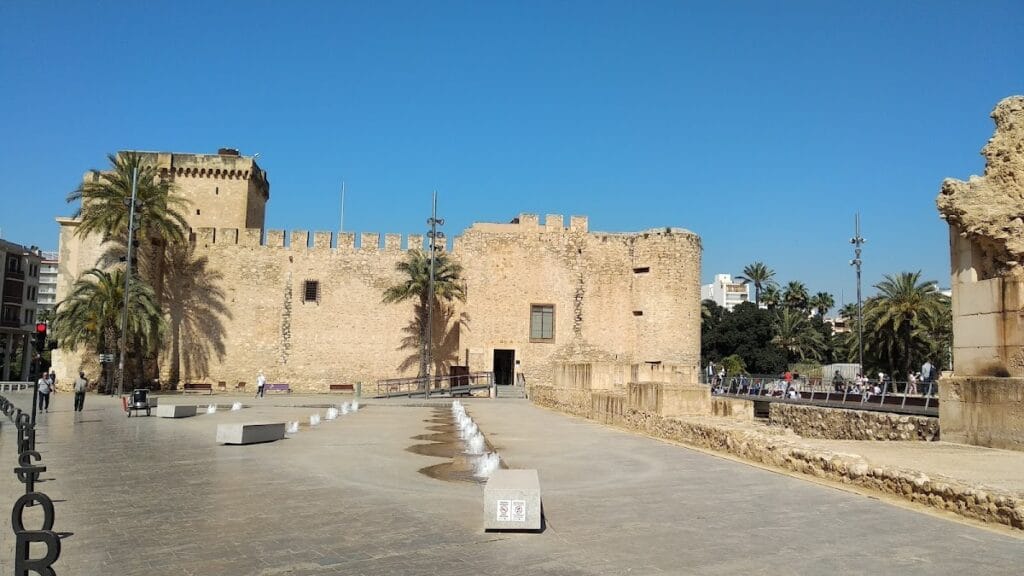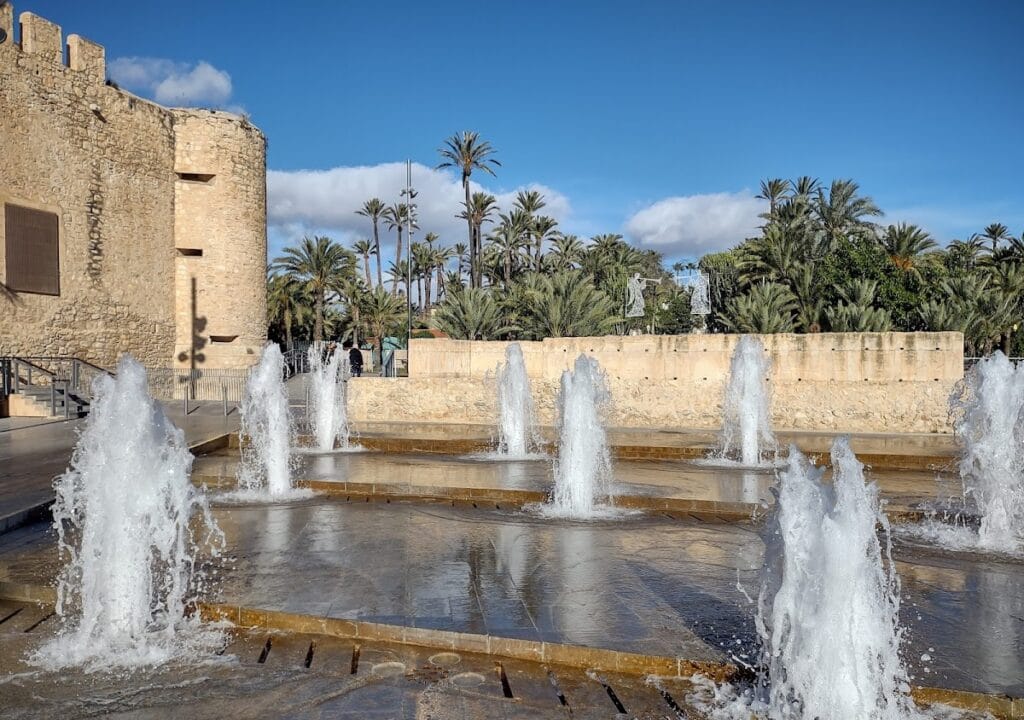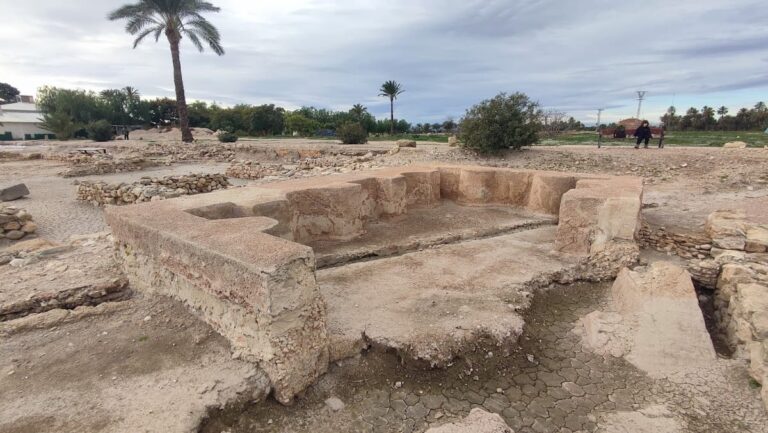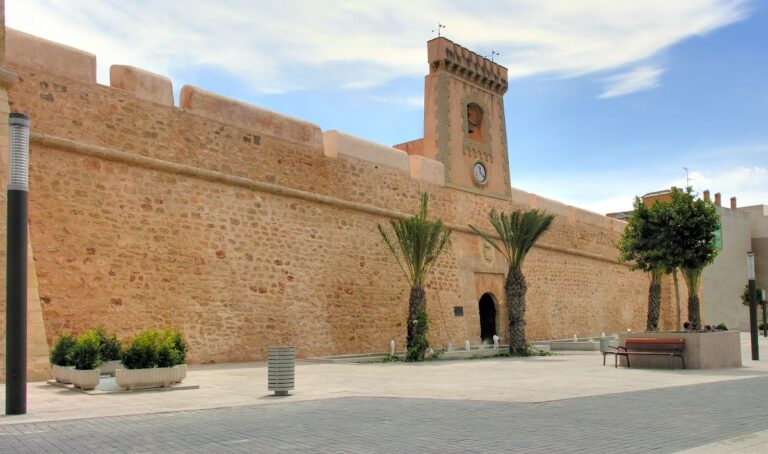Palacio de Altamira: A Historic Palace and Museum in Elche, Spain
Visitor Information
Google Rating: 4.5
Popularity: Low
Google Maps: View on Google Maps
Official Website: www.elche.es
Country: Spain
Civilization: Medieval European
Remains: Military
History
The Palacio de Altamira is situated in the town of Elche, within the modern nation of Spain. The site’s origins trace back to a strategic location originally occupied by a defensive structure built during the Almohad period between the 12th and 13th centuries. This earlier fortification formed part of a walled town on the banks of the Vinalopó River.
At the close of the 15th century, the Castilian nobleman Gutierre de Cárdenas, who had been appointed the first lord of Elche by the Catholic Monarchs following the city’s incorporation into the Crown, constructed the present palace on this site. It became his primary residence and marked an important moment in the city’s political realignment during Spain’s unification under Ferdinand and Isabella. Subsequently, the property came under the ownership of the Counts of Altamira, reflecting its continued association with prominent noble families.
Following the Spanish Civil War, which ended in April 1939, the building underwent a dramatic change of use. Francoist forces converted the palace into a concentration camp and later a prison facility for Republican prisoners. Contemporary reports from this period highlight severe overcrowding, marking a grim chapter in the site’s history.
In 1961, the palace was formally recognized for its cultural and historical importance by being declared a historic-artistic monument and listed as Bien de Interés Cultural, an official heritage designation in Spain. Since then, the building has been restored and repurposed to accommodate the Archaeological and History Museum of Elche. This museum was established by the local archaeologist Alejandro Ramos Folqués, reflecting efforts to preserve and share the rich history connected to the palace and its surroundings.
Remains
The Palacio de Altamira is built on a polygonal plan, a layout that contributes to its imposing presence along the riverbank in the heart of Elche. The construction preserves features characteristic of late medieval military architecture, designed both for residence and defense.
The most striking element is the main tower, which has a solid square footprint. This tower is capped with battlements known as a toothed crown—parapets with alternating high and low sections—serving defensive purposes by allowing protection for guards or soldiers. At the corners of the palace, cylindrical towers provide additional fortification by covering blind spots and protecting the angles of the structure. These elements reflect a careful adaptation of fortification techniques suitable for both residence and defense.
Built primarily with masonry appropriate to the period, the palace’s robust walls and towers have been maintained in an excellent state of preservation after restorative efforts. The integration of the building within the urban fabric of Elche is notable, as the palace stands prominently on the banks of the Vinalopó River, linking its heritage to the natural landscape.
Over various phases, the structure’s use shifted from noble residence to military detention after the civil war, but the key architectural components, such as the defensive towers and polygonal floor plan, have remained intact. Today, these elements form part of an accessible historical and archaeological setting, embodying layers of Elche’s urban and social development through centuries.










